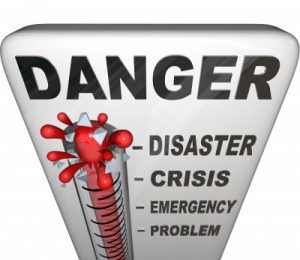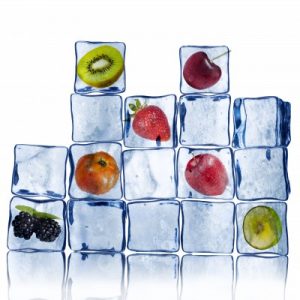
One of my Inner Circle members forwarded this to me, and it is well worth including in my blog.
In the summer heat, this might be a lifesaver for you or someone you love if a heat stroke occurs.
Many times, symptoms of a stroke are difficult to identify. Unfortunately, a lack of awareness can be fatal.
Stroke victims can suffer brain damage if people nearby fail to recognize and respond to the immediate symptoms of a stroke. Medical experts agree that any bystander can recognize a stroke asking these three simple questions:
* ask the victim to smile;
* ask them to raise both arms;
* ask them to speak a simple sentence.
If the victim has trouble with any of these tasks, call 911 immediately and describe the symptoms to the dispatcher.
When I was an EMS Responder back in the day, I realized that a group of non-medical volunteers can help tremendously by identifying facial weakness, arm weakness and speech problems. Emergency responders urge the general public to learn these three questions.
Widespread use of this protocol can result in prompt diagnosis and treatment of a stroke and prevent further brain damage.
Strokes occur for many reasons, but when out in the searing summer sun, heads up to this common reaction.
Heat Stroke

Heat exhaustion is when your body has gone too far when being too hot. You will first experience heavy sweating and a rapid pulse – an initial signal that your body is overheating.
Then, the heat-related syndromes begin:
- heat cramps leading to diarrhea;
- heat exhaustion;
- heatstroke, which is the most severe.
Heatstroke typically follows heat exhaustion if not treated. The neat thing is this is preventable.
Heat Stroke Symptoms
- headache
- dizziness and light-headedness
- sweating
- dry skin
- weakness
- cramps
- nausea and vomiting
- behavioral changes such as confusion, disorientation, or staggering

Try These Cooling Strategies
- Move the person to an air-conditioned environment, or a cool, shady area;
- Remove any unnecessary clothing;
- If possible, take the person’s temperature;
- Cool the person to 101 to 102 degrees Fahrenheit.
- If no thermometer is available, initiate first aid;
- Fan the air over the patient;
- Wet their skin with water using a sponge or garden hose;
- Apply ice packs to the patient’s armpits, groin, neck, and back – these areas are rich with blood vessels close to the skin, cooling them can reduce body temperature quickly;
- Immerse the patient in a shower or tub of cool water;
- If the person is young and heathy and suffered heat stroke while exercising vigorously in the heat, use an ice bath to help cool the body.
BE COOL AND STAY COOL.

If you want to stay in touch with any health concerns, Join my Private Inner Circle.
Gain access to all of my online programs, ongoing support, monthly Q&A, and more by joining my Private Inner Circle Membership Program. I look forward to supporting you on your journey to alternative health and wellness.
_____________
Disclaimer: This article is for informational purposes only, and is educational in nature. The FDA may not have evaluated some of the statements. This article is not intended to diagnose, treat, cure, or prevent any disease. Please discuss with your own, qualified health care provider before adding supplements or making any changes to your dietary program.
Before taking vitamins, consult your doctor; pre-existing medical conditions or medications you are taking can affect how your body responds to multivitamins.